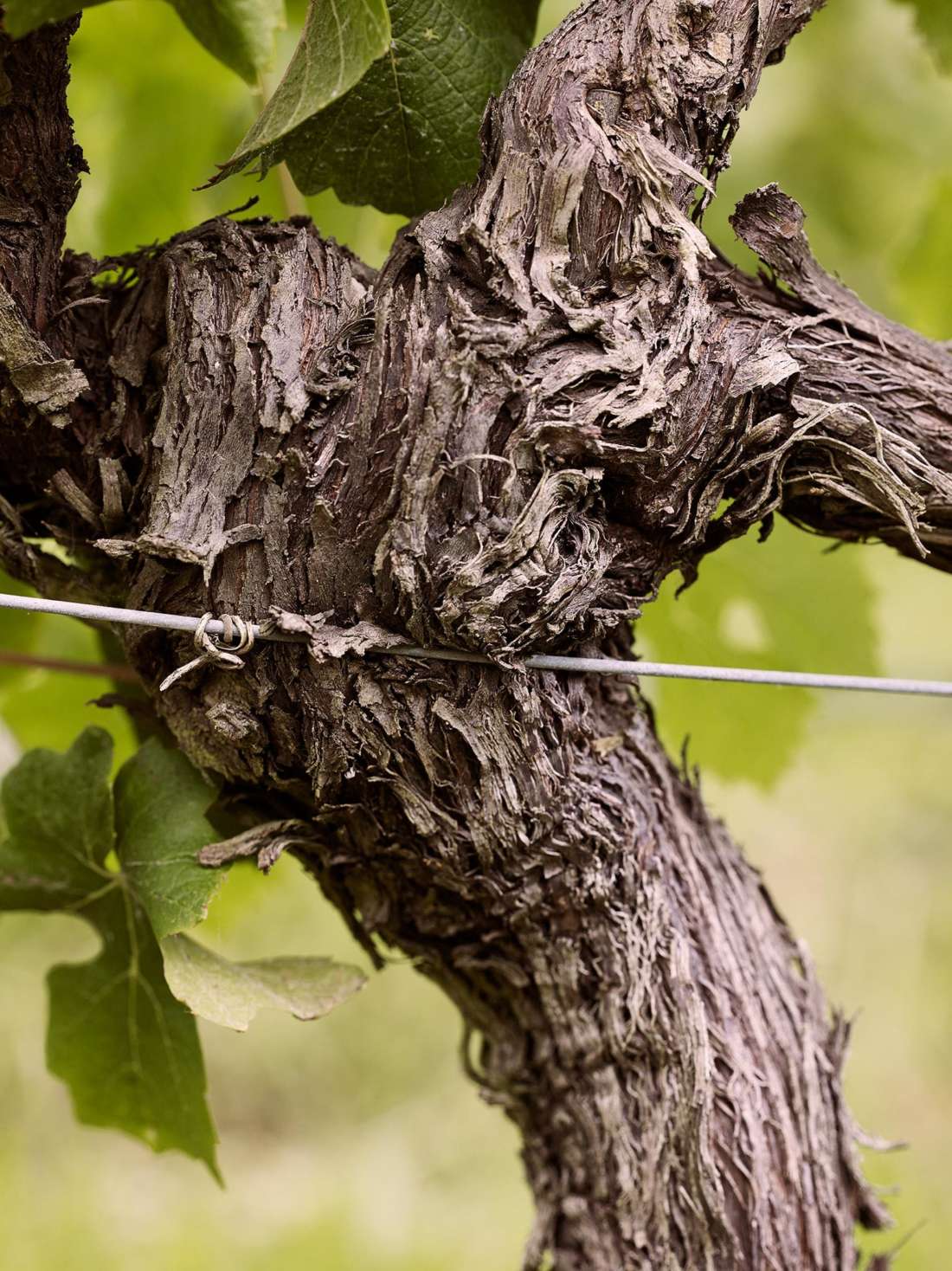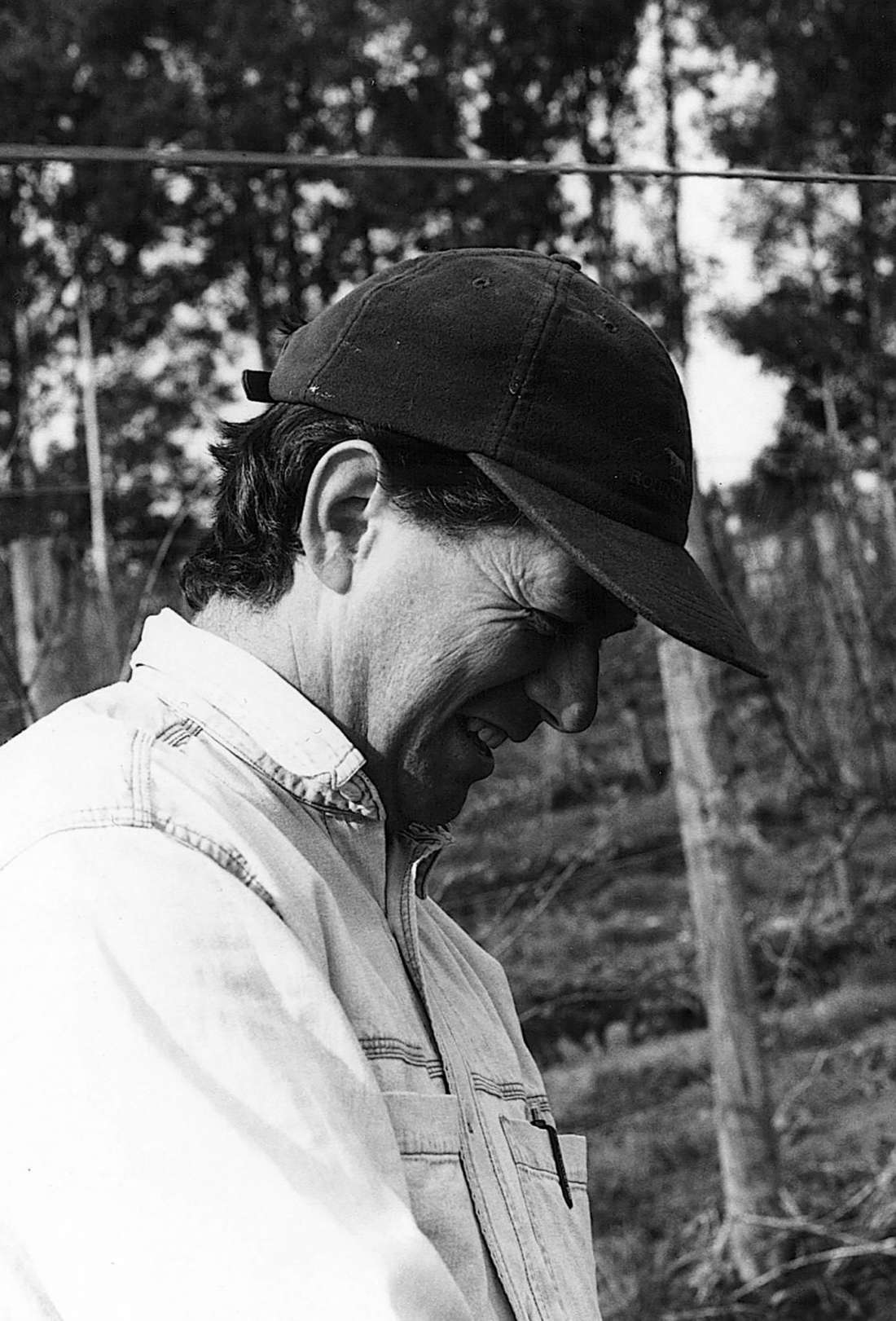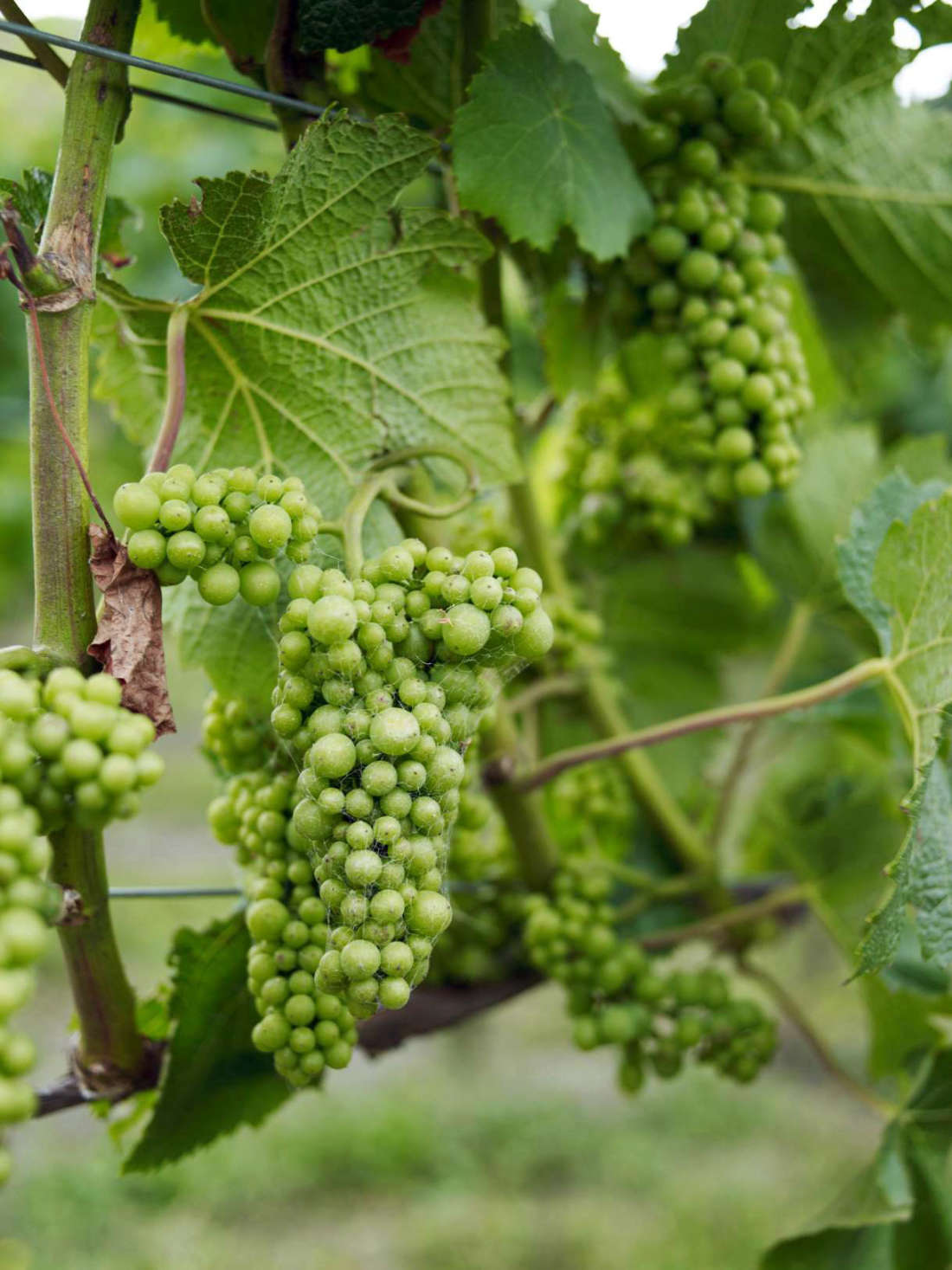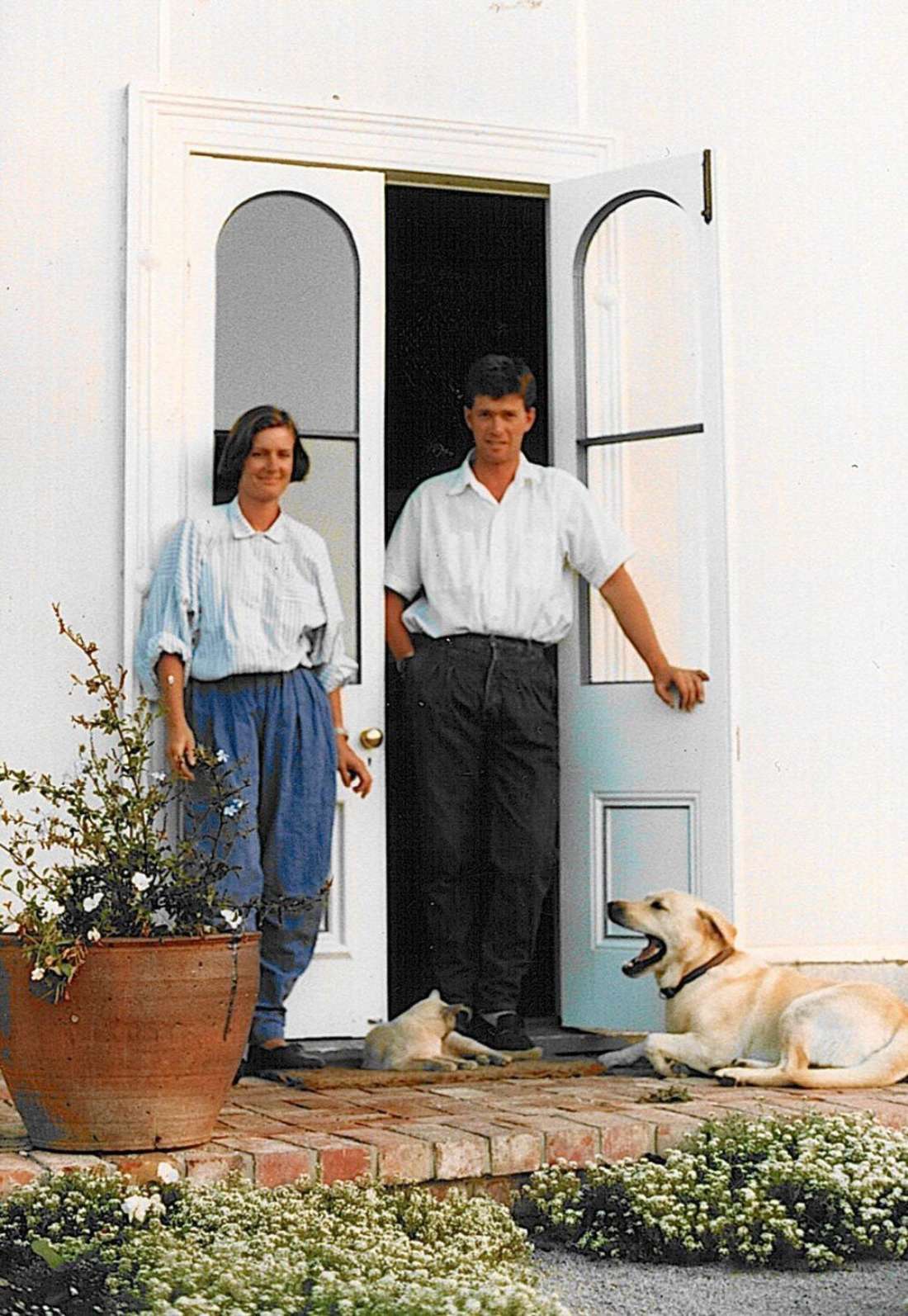Category — Features

Head, hearts and hands
Will Bowman chats with James Millton
James and Annie Millton are biodynamic wine growers in Gisborne. Since the early 1980s they’ve been following their hearts, heads and hands, farming in a way that intrinsically respects the land they nurture. A rare thing in New Zealand now and even rarer 35 years ago. But Millton Vineyards & Winery is still here as one of our most respected producers; their soil is alive, their plants are healthy, and their wines are manifestations of the energy created by letting Mother Nature find her balance instead of forcing her hand.
I had a chat to James about his life and below I’ve let his words tell the Milton story.

People must have considered you and Annie crazy in 80s NZ to approach grape growing with the biodynamic lens – what or who was the catalyst?
As we move through life we go through the seven years of intuition, imagination and inspiration. The intuitive responses arise from what we experienced when we were young – 0-7 years old – both Annie and I felt the desire to grow things, from spending our early years in the gardens of our families.
As I moved to the next phase – imagination – I found that I was intrigued about fermentation of fruits, and later on the inspiration came from visiting and working with the old masters in the old world. We flip-flopped around Australia, France and Germany during these energised times.
Wine has always been in our lives. We returned to New Zealand wanting to grow grapes and wine. This was in the times when chemical usage was mainstream and very much in the era of our post war parents who were taught about the complete control of all things produced. We simply couldn’t see the endless illogical processes and so our head, hearts and hands wandered.
We read many books, not on “winemaking” but wine growing. In 1983 a visitor talked with us about biodynamic agriculture and this was a resonance which fell into two very open minds. We suffered a lot of ridicule, but when our wines were accepted, with awards – we came 1st, 2nd and 3rd in the first international organic wine challenge in the UK, circa 1989 – and good sales, it gave us the determination that we were chosen for this pathway.
When Chernobyl happened the demand became very strong and later when Mad Cow disease occurred, consumers turned to us even more. I wonder if our wines, from the beginning, are an example of where the consumer has turned towards the producer. Normally it is the other way around, having producers supply a market they see to be growing.
“we are not standing on dirt, but the rooftop of another kingdom, so tread carefully.”
Nowadays the next generation is taking hold and bringing about examples of where their intuitions were formed and this is more about wine which shows truth, but also biology more than chemistry. It’s not about what you learnt from textbooks but more about what lies under your fingernails. Two things after all: before a wine can be great, it must first be true. And, we are not standing on dirt, but the rooftop of another kingdom, so tread carefully.
In the decades since Millton began, it seems that people have now realised that you were well ahead of the curve and not crazy – have you noticed a more enthusiastic adoption of genuine practices within the grape growing industry in NZ?
Now, I don’t think it is about being first. That is too painful. It is more about following your heart and head and hands. So, we have Chateau Latour in Bordeaux and Domain Romanee Conti in Burgundy practicing the discipline of biodynamic winegrowing and one has to ask why they should choose this, from the reverent platform, and the answer is simple. They not only want to protect their investment, their terroir, but they see the social advantages, in the people who work on their estates and the enthusiasm it creates within this team. And then of course the structure of the wine improves with each year in terms of the phenolic interchange* becoming more dense, long chained and supple – producing more stable wines that need less sulphur dioxide as a preservative. Phenolic interchange is a biological antioxidant that reaches out further and further each year and not a chemical process which science wishes to say is correct.
So, in New Zealand we were asked by the overriding body, New Zealand Winegrowers, to set a guideline and goal for the way ahead. I offered 20% by 2020. That is, 20% of New Zealand’s vineyards will be certified organic by 2020. They said that was a hard achievement and maybe we would fail to achieve this. With the massive plantings of Sauvignon Blanc for example, it does dilute this goal. However if you were to look at the 20 most significant winegrowers in NZ you would now find them all certified. All practicing organic and more and more biodynamic winegrowing. A small example is Rippon, Felton Road, Quartz Reef, Burn Cottage, Black Estate, Seresin, The Darling, Huia, Churton, Clos Henri, Fromm, Neudorf, Ata Rangi, Dry River, Escarpment and Urlar. And most interestingly Villa Maria, where 30% of their vineyards are now organic. The list goes on and on.


I assume the land you farm was not organic or biodynamic before your arrival? How has change in the land manifested itself throughout your time with it?
“farm ease and don’t fight DIS-ease”
The land was certainly not organic or biodynamic before. In fact, Annie’s parents wondered why we would want to go backwards to a practice which was so difficult, to times before the Second World War, before the invention of NPK and bombs. The advent of Roundup made life so easy, so it was perceived. When you stop using herbicide, insecticide, systemic fungicide and soluble fertilizer, things change. When you first put on the biodynamic preparation 500, the horn manure tea, almost immediately the land takes on a softening phase whereby it becomes spongy or soft to walk on. This is awakening the microbes who have otherwise been neglected and disrespected. At these early stages Mother Nature is looking on and wondering if you are serious. Many fail after three years because their heads may not be in the right space and their sincerity is not intent. After seven years she sees that you are serious and goes on to give you another set of exchanges with the earth, water, air and light – and that plays out in the glass. And then from 14 to 21 she looks at your social programme and assists in building resonance and enthusiasm in such a way that you have a team of immense energy. From 21 to 28 are the final times when you get introduced to the “nature spirits” (where the dreams came from in your very early years – intuition) and you then see that there is a whole kingdom of life out there celebrating your efforts and rewarding you with a special quality. In wine this could be the light – luminosity and texture – vinosity. The rest is easy, in such a way that we now farm ease and don’t fight DIS-ease.
You have mentioned before that your approach to winemaking has been influenced by the younger generation, namely your children, Sam and Monique – what exactly have they incited in you?
Firstly, that they too choose this route, that the trials and turmoil have not had them seeing another option for their life. They have seen how hard the work is. And now they, having gone through the intuition, imagination and inspiration bring about another, different set of values – of practice and flavour. Maybe of a simple heartfelt way of going about the work. In the instance where you no longer need knowledge because you’ve got Google, you again see them reaching to their heart. So, wine in their terms, is about no interruption in the process. It is no longer an industrial product but something which seeks the sense of place, the somewhereness. This is what the younger consumers and sommeliers are wanting, but it must be wine without fault. It again is about intention and value, and while one doesn’t want to destroy the cash cow of 30+ years, the stars emerging are what is giving the inspiration and enjoyment. In this day and age it is hard to soar like an eagle when others are flying with turkeys and this next generation have incited a whole new airspace for us all to enjoy.
*This refers to the interaction between different phenolic compounds in the wine (anthocyanins and tannins) which form complexes that act as antioxidants and antibacterials – limiting the need for sulphur dioxide as a preservative.